All Stories
-
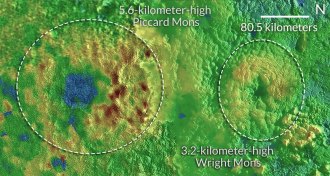 Planetary Science
Planetary SciencePluto continues to deliver surprises
Ice volcanoes, young landscapes and twirling moons are just a few more surprises from Pluto.
-
 Health & Medicine
Health & MedicineSimple steps can offer health benefits
Studies find that even small changes in eating habits and movement can lower risk of heart disease.
By Laura Beil -
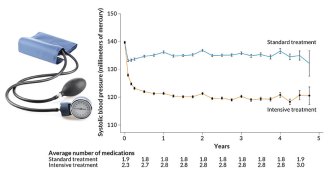 Health & Medicine
Health & MedicineDropping blood pressure to 120 lowers heart woes, data confirm
Aggressive treatment to lower systolic blood pressure to 120 reduces risk of heart attack, but causes some side effects.
By Meghan Rosen -
 Health & Medicine
Health & MedicineAntibodies to fight Alzheimer’s may have unexpected consequences
Alzheimer’s-targeted antibodies make neurons misbehave even more, a study of mice shows.
-
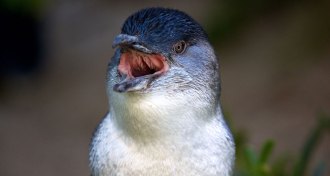 Animals
AnimalsWindy days mean smaller meals for little penguin chicks
Wind speed appears to affect how much food little penguins can bring home for their chicks.
-
 Life
LifeGene editing helps a baby battle cancer
Doctors used molecular scalpels to tweak T cells to target leukemia but not harm the patient.
-
 Health & Medicine
Health & MedicineYoung babies live in a world unto themselves
Young babies don’t let information from the outside throw off their touch perception, a finding that has clues for how babies experience the world.
-
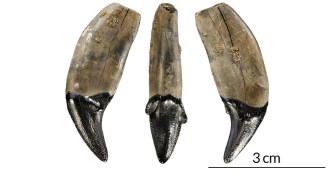 Anthropology
AnthropologyAncient hominids used wooden spears to fend off big cats
Saber-toothed cat remains suggest ancient hominids used wooden spears as defensive weapons.
By Bruce Bower -
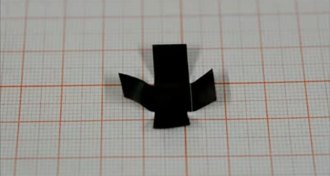 Tech
TechLaser light turns graphene paper into a microbot
Tiny origami-inspired robot uses laser light to walks like an inchworm.
By Meghan Rosen -
 Physics
PhysicsWater droplets spontaneously bounce, sans trampoline
Initially stationary water droplets can bounce on an extremely water-repellent surface as if on a trampoline.
By Andrew Grant -
 Physics
PhysicsWater droplets spontaneously bounce, sans trampoline
Initially stationary water droplets can bounce on an extremely water-repellent surface as if on a trampoline.
By Andrew Grant -
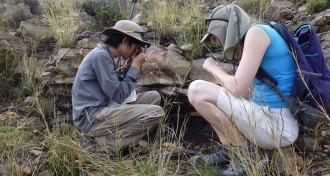 Paleontology
PaleontologyLand life spared in Permian extinction, geologists argue
New rock layer dating in South Africa’s Karoo Basin suggests that extinctions of land species didn’t coincide with the Permian extinction around 252 million years ago.